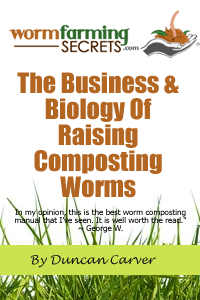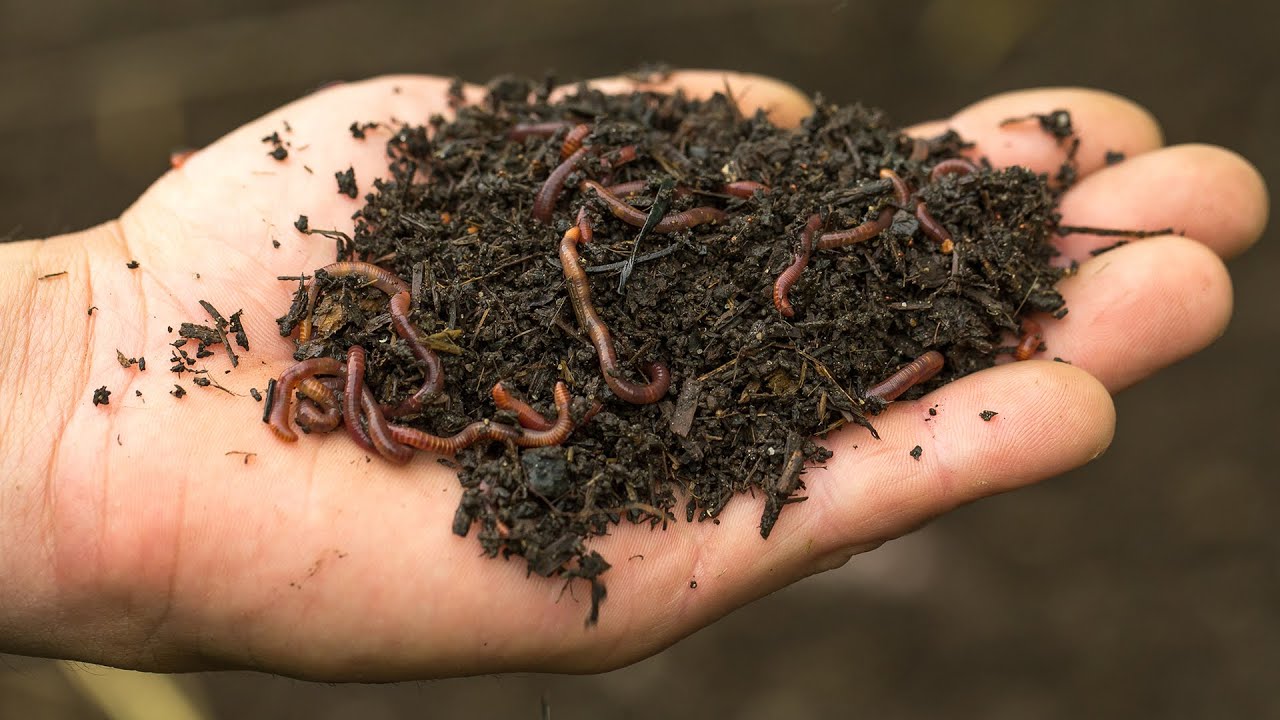“Hi there, I’ve recently decided to turn my hobby of worm composting into a small business venture. I’m hoping to commercialize the breeding of worms, but I want to make sure I do it correctly to be both sustainable and profitable. Could you provide me with the best practices for breeding worms commercially? Any specific tips or common pitfalls would be greatly appreciated. I’m currently based in Seattle, USA.” Thanks a lot, Tom, Seattle, USA.
What Are The Best Practices For Breeding Worms Commercially?
Great question, Tom! Breeding worms commercially is a fascinating and rewarding venture, but getting it right involves adhering to a set of best practices that ensure the health and productivity of your worm population. Here’s everything you need to know:
1. Choosing the Right Worm Species
Selecting the right species is the first step. For commercial breeds, the Eisenia fetida (Red Wigglers) or Lumbricus rubellus (Tiger Worms) are highly recommended due to their rapid reproduction rates and resilience.
Why it’s important: These species are well-adapted for composting, capable of processing large amounts of organic material efficiently, which is crucial for a profitable commercial operation.
2. Setting Up the Ideal Habitat
The environment for your worms must be carefully controlled to mimic their natural habitat. This ensures they stay healthy and reproduce effectively.
- Temperature: Maintain a range between 55°F to 77°F (13°C to 25°C). Extreme temperatures can stress the worms and reduce productivity.
- Moisture Levels: The bedding should be moist but not soggy, similar to a wrung-out sponge. Use a spray bottle to maintain proper moisture levels.
- pH Levels: Aim for a neutral pH of around 7. Acidic or alkaline conditions can harm the worms. Regularly check and adjust pH if necessary.
Example Setup: In a city like Seattle, Tom, you might need to use a climate-controlled shed or room to manage these conditions effectively.
3. Selecting Bedding Material
Quality bedding is critical as it not only provides a home for the worms but also contributes to the composting process. Common options include:
- Shredded newspaper or cardboard
- Coconut coir
- Decayed leaves
Why it’s important: Bedding should be aerated, retain moisture, and gradually decompose to provide a continuous food source.
4. Feeding Your Worms
A balanced diet is vital for worm health and reproduction. Worms thrive on organic waste, but some materials are better than others.
- Best Foods: Fruit and vegetable scraps, coffee grounds, and crushed eggshells.
- Foods to Avoid: Meat, dairy products, and oily or spicy foods. These can cause odor problems and attract pests.
Why it’s important: Proper feeding ensures worms get the nutrients they need without introducing potential contaminants or harmful elements.
5. Monitoring and Maintenance
Regular checks and maintenance tasks are essential to keep the worm beds in optimal condition.
- Daily inspections for temperature and moisture levels.
- Weekly turning of bedding to aerate and prevent compaction.
- Monthly pH tests and adjustments if necessary.
Why it’s important: Proactive maintenance helps identify potential issues before they become serious, ensuring uninterrupted growth and reproduction.
Example Practice: Tom, setting a daily routine to check your worm beds can significantly decrease the risk of sudden problems impacting your operation.
6. Managing Pests and Diseases
Pests and diseases can devastate a worm population if not promptly addressed. Common pests include ants, mites, and fruit flies.
- Prevention: Keep the area clean, manage moisture, and remove uneaten food regularly.
- Control: Use safe, natural remedies such as diatomaceous earth for ants and mites.
Why it’s important: Pest and disease management is crucial to maintaining a healthy worm population and preventing losses.
7. Harvesting Worms and Compost
Proper harvesting techniques maximize yield and maintain worm health. Separate the worms from compost every 3 to 6 months.
- Hand Sorting: Effective for small operations, involves manually separating worms from compost.
- Mechanical Separation: For larger operations, specialized equipment can automate the process.
Why it’s important: Regular harvesting prevents overpopulation and ensures high-quality compost production.
8. Scaling Up Your Operation
As demand grows, expanding your worm farming operation becomes necessary. Consider the following steps:
- Investing in Infrastructure: Larger beds or additional facilities to handle increased production.
- Streamlining Processes: Automation tools for feeding, harvesting, and monitoring.
- Marketing and Sales: Develop a strategy to reach new customers and keep existing ones informed.
Why it’s important: Efficient scaling ensures you can meet demand without compromising quality or worm health.
9. Legal and Regulatory Considerations
Commercial worm farming may be subject to local regulations or requirements. Ensure you are compliant with relevant laws.
- Licenses and Permits: Check if you need any special licenses to operate.
- Environmental Impact: Consider any regulations related to waste management and environmental protection.
Example Scenario: Tom, in Seattle, checking with local agricultural extensions or regulatory bodies can help you stay compliant and avoid potential fines.
10. Record-Keeping and Data Analysis
Maintaining detailed records helps track the performance of your worm farm and make informed decisions.
- Growth and reproduction rates
- Food consumption and compost production
- Environmental conditions and maintenance tasks
Why it’s important: Accurate records enable you to identify trends, troubleshoot issues, and improve overall productivity.
Pro Tip: Using a digital log or farm management software can simplify record-keeping and data analysis.
Final Thoughts…
Tom, breeding worms commercially is a fulfilling and potentially lucrative endeavor if you adhere to these best practices. Prioritize your worms’ well-being, maintain optimal conditions, and stay proactive with maintenance and monitoring. Doing so will ensure your operation thrives and remains sustainable.
Thanks for reaching out with your question. Wishing you great success with your worm farm in Seattle!
Indoor Worm Composting



